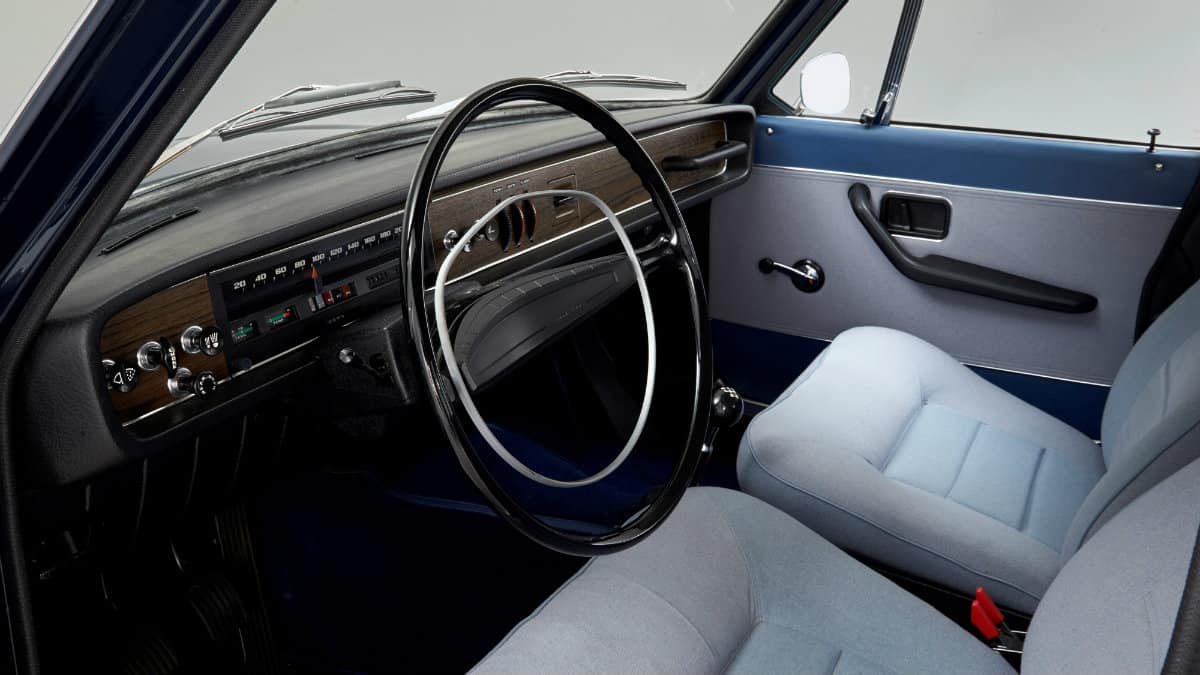Volvo 164 – 1960s prestige celebrates its 50th anniversary
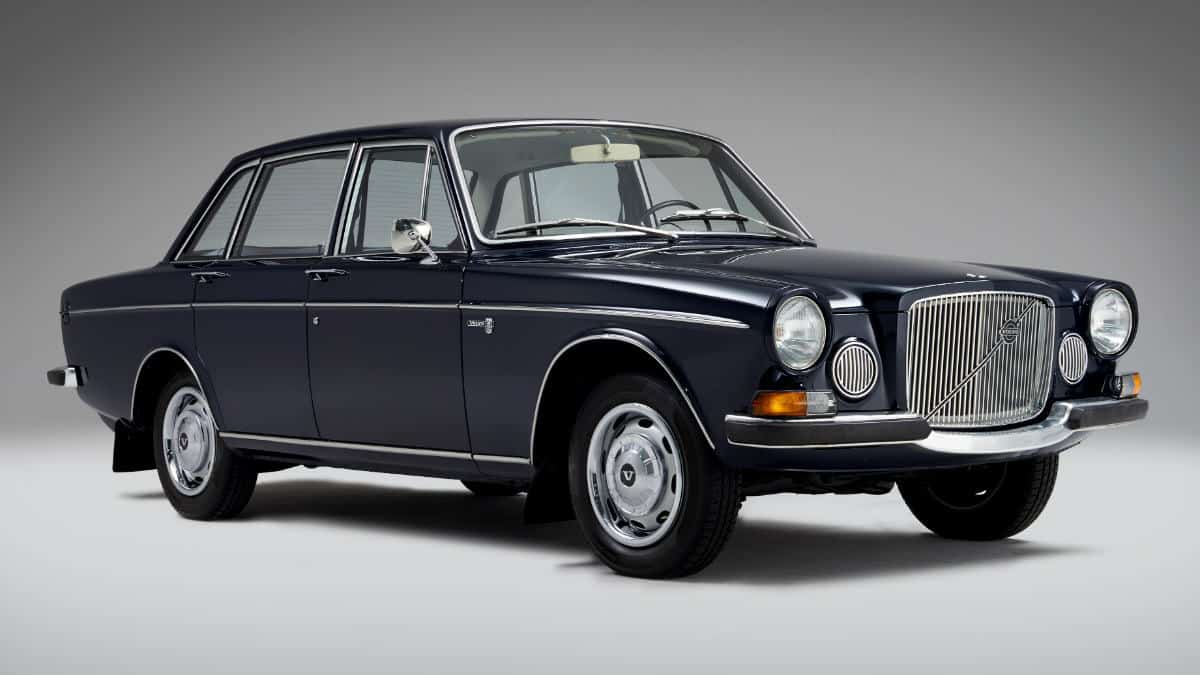
But the launch of the 140 series in 1966 gave rise to the idea of placing a straight-six engine in the 140 bodies. That would allow Volvo to create the combination of prestige and compact size they were absolutely certain people needed. Chief Designer Jan Wilsgaard kept the chassis of the 140 series and used the front from the 1950s 358 projects. Here, the iron mark logo once again took on a prominent position, placed on the diagonal in the same way as on the first Volvo back in 1927 – and as we see on today’s models.
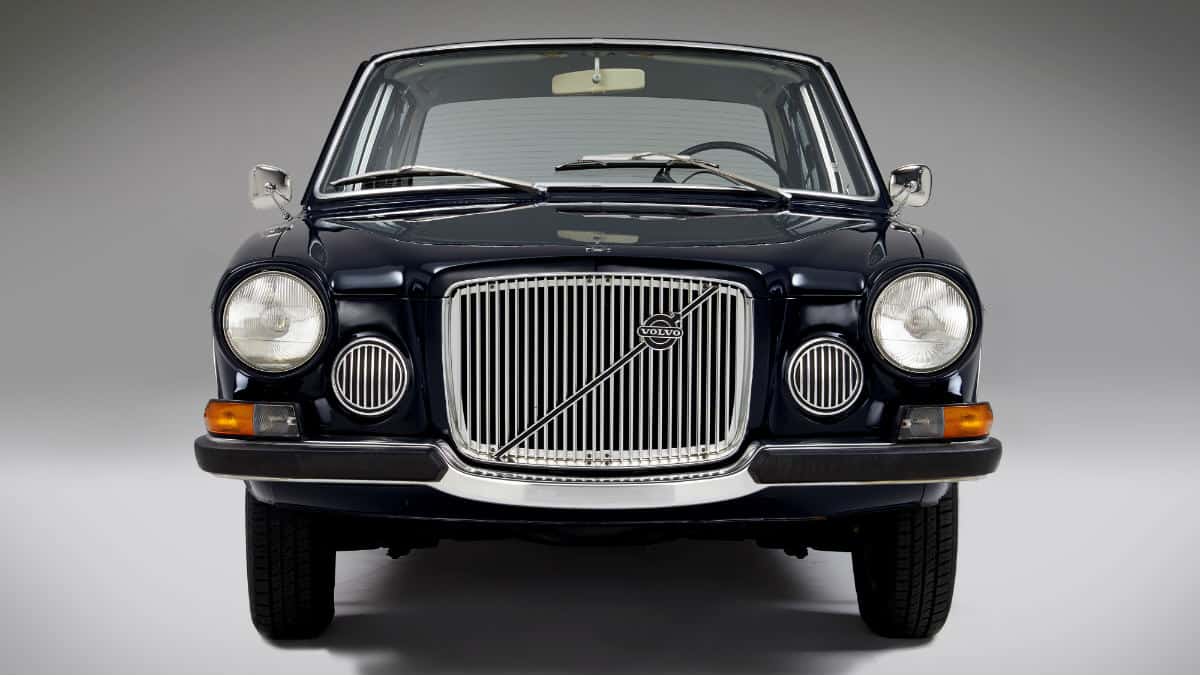
The 140 chassis was also extended by 10 cm from the windscreen forward. This latter measure was needed in order to make space for the newly developed straight-six. This was designated B30, had a 3-liter capacity and developed 145 hp thanks to twin Zenith-Stromberg
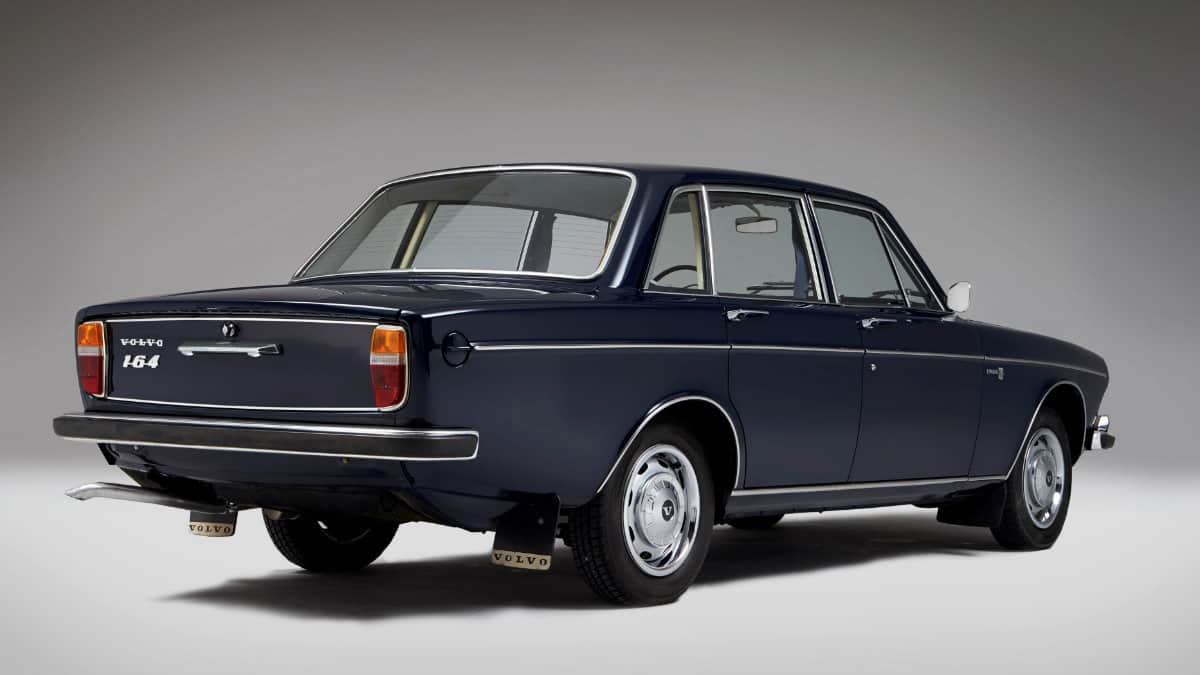
The August 1968 press release proudly declared that the German ZF gearbox was of “remote control” type, which meant that the relatively short gear lever was positioned on the transmission tunnel adjacent to the front seats. The fittings were considerably more lavish than in the 140 series, with thick woolen fabric on the seats, textile floor mats and the rear seat designed for two people, with a drop-down armrest in the center.
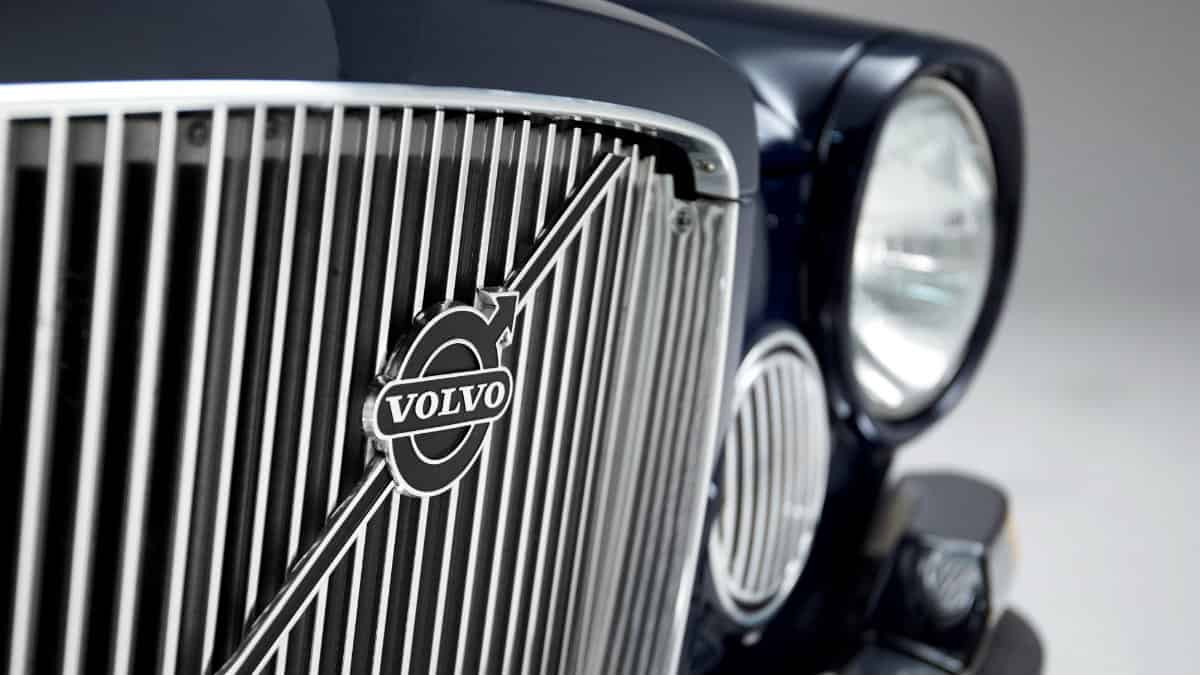
After the first year of production, the 164 was given leather upholstery as standard, integrated halogen-type auxiliary lamps, and headrests. In the US, it was of course offered with electric windows, an electric sunroof, air conditioning,
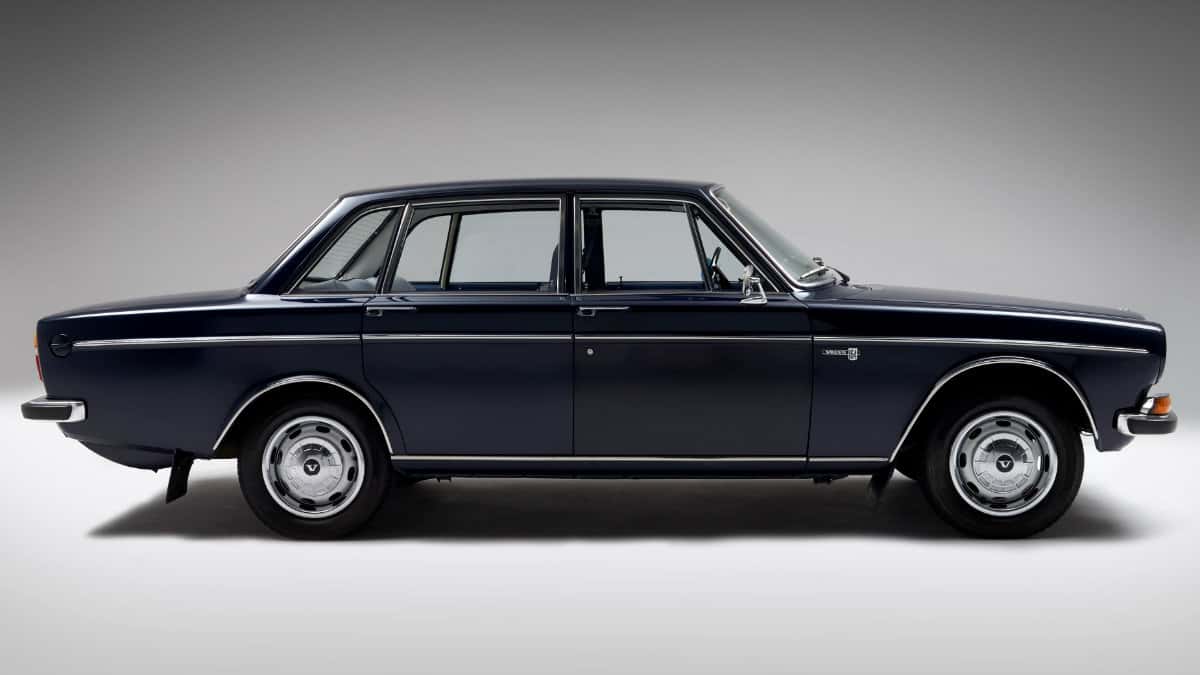
“The Volvo people are looking to steal buyers from Buick, Oldsmobile, and Mercedes showrooms, and they are doing just that. Volvo’s new customers are professional types – doctors, lawyers, dentists… people who can afford something different.” An American ad for the 164 from Volvo was linked with the same theme: “The Luxury Car That Shows You Have More Than Moneywoolen
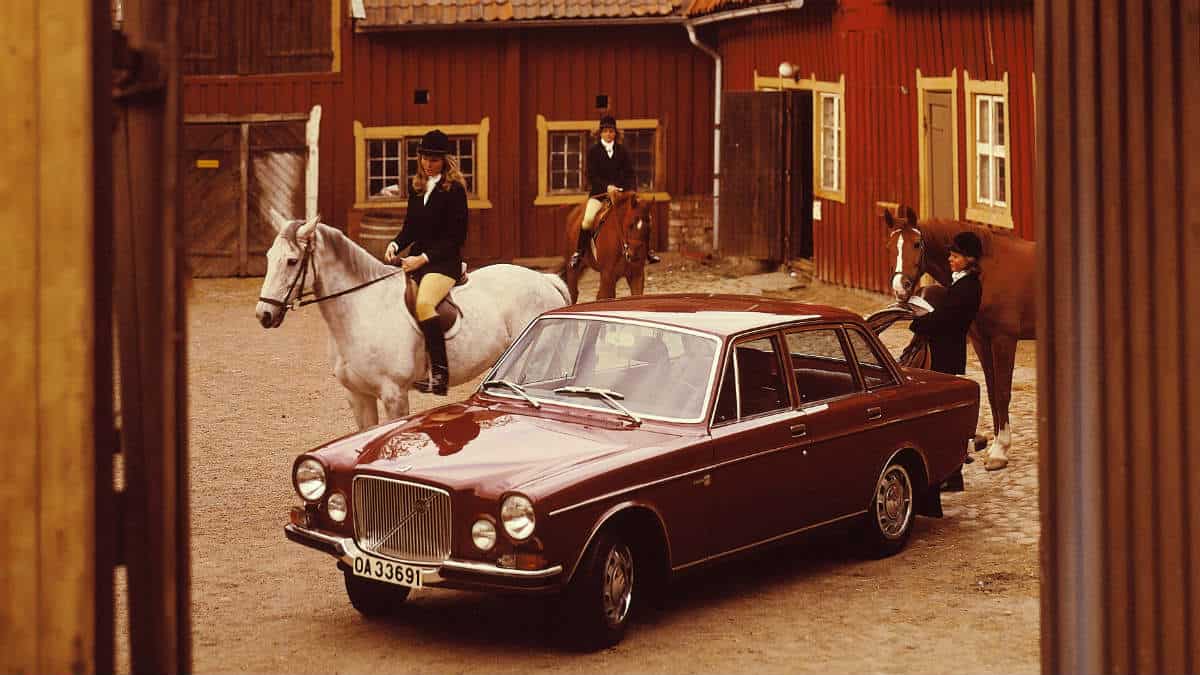
The Volvo 164 underwent continuous development throughout its life, with the addition of features such as electronic fuel injection (as of the model year 1972). The last model year was in 1975, and all the cars built in that year were exported to the US. By then, the car‘s successor, the 264, had already gone into production.
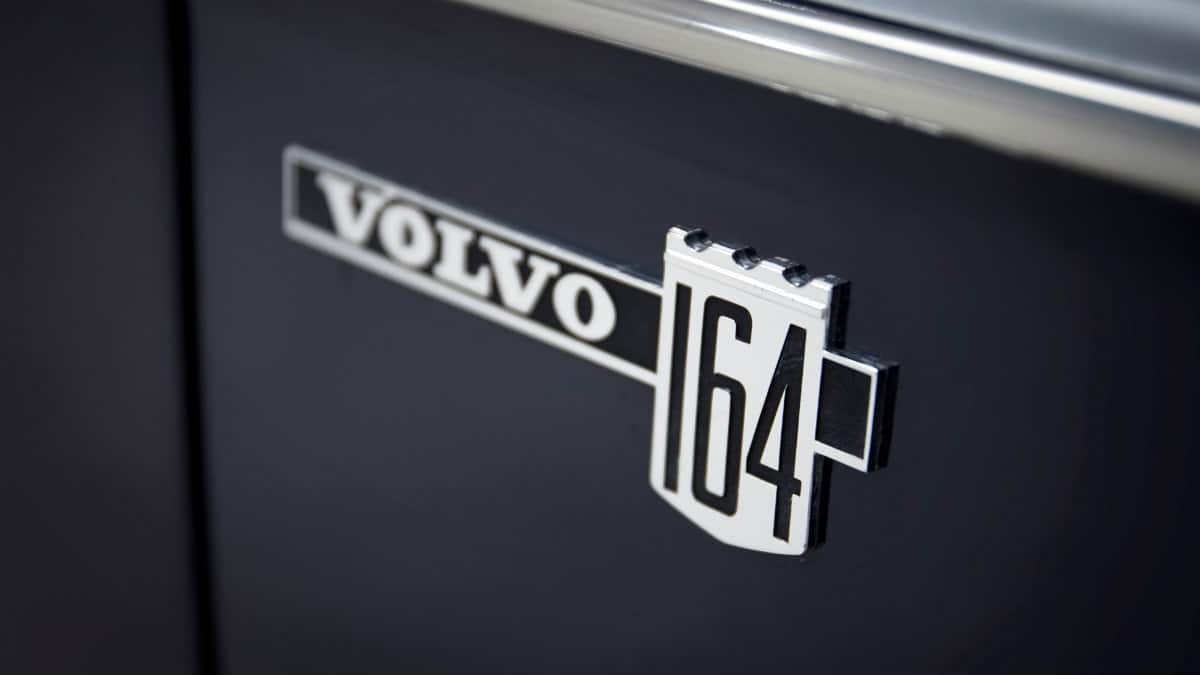
5 facts about the Volvo 164:
- Only one Volvo 164 was turned into an ambulance. Volvo’s special vehicles division had a prototype built that was significantly taller and had an extended wheelbase. Although only one of these vehicles was ever built, this became a forerunner of the ambulances that would later be created on the basis of the Volvo 265.
- Volvo 164 production was relocated to Kalmar in 1974. The methods used at the new Volvo plant were very modern for the era. The cars were moved on battery-operated trolleys controlled by loops in the floor. Teams of workers assembled the cars. The workers were able to take it in turns to supervise, and job rotation around the various production tasks was possible.
- The prototype for the Volvo 262C luxury coupé, built in Italy, was based on a 164. Coachbuilder Coggiola converted it to a two-door coupé that looked more or less the same as the production model. One major difference was the way in which the prototype kept its 164 front.
- The six-cylinder B30 engine from the Volvo 164 was also used in a number of Volvo’s military offroad vehicles. A marine version of the B30 engine, with three carburetors, was also produced by Volvo Penta.
- Italian coachbuilder Zagato adorned its stand at the 1970 Geneva Motor Show with the 3000 GTZ sports coupé. This had the B30 engine under the bonnet and was based mechanically on the 164. The only prototype ever built is
rumored to still exist today.
